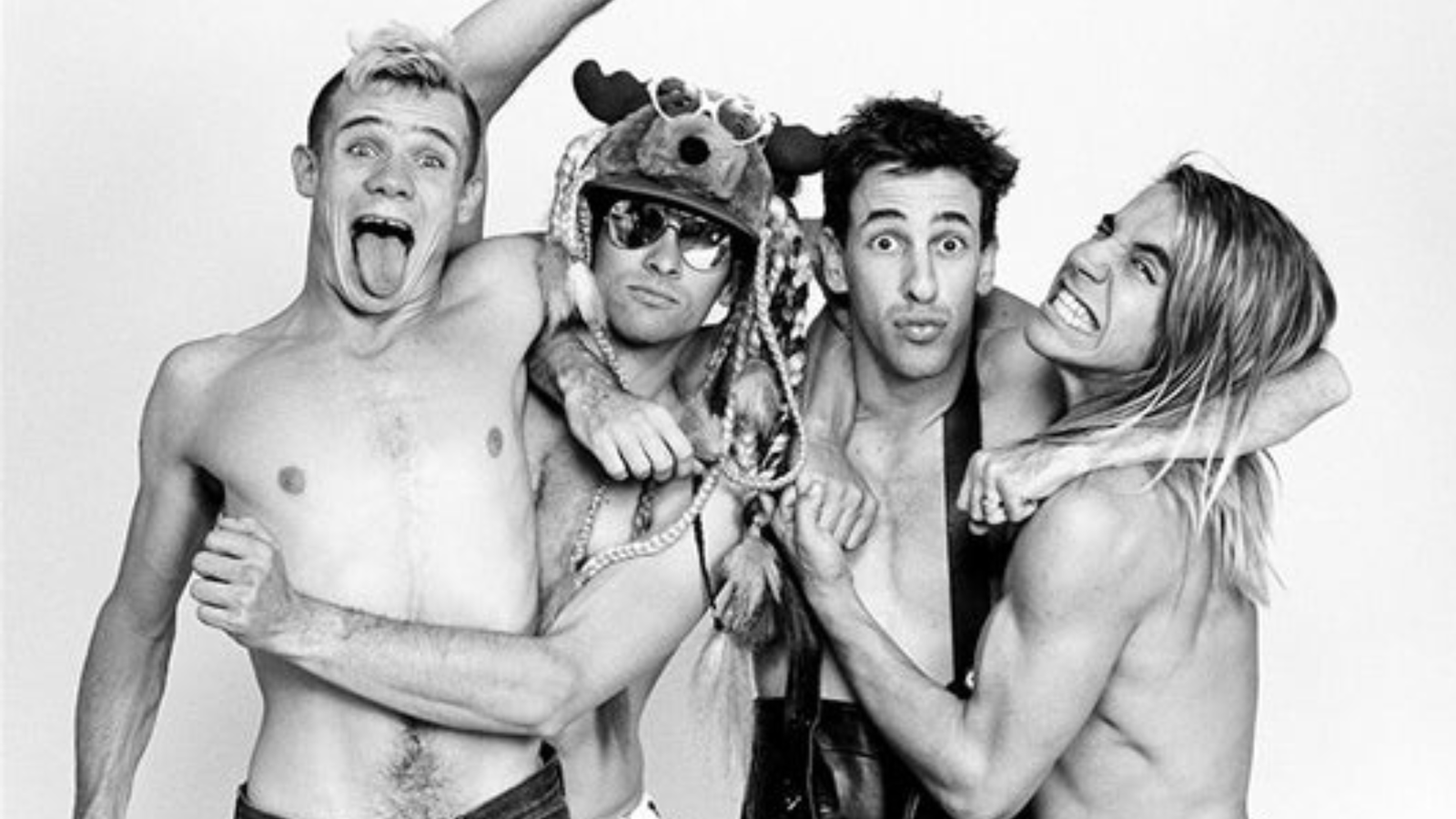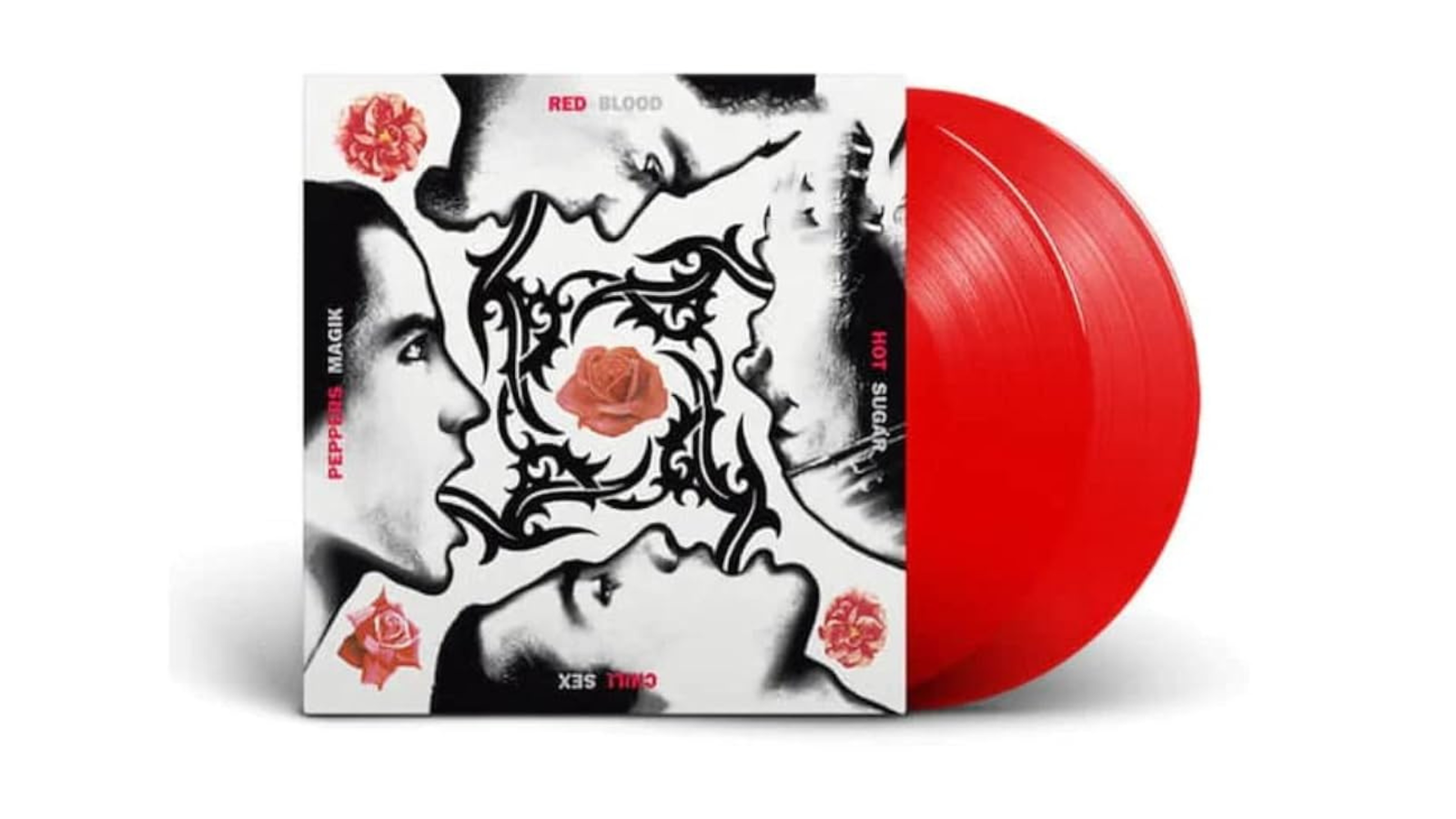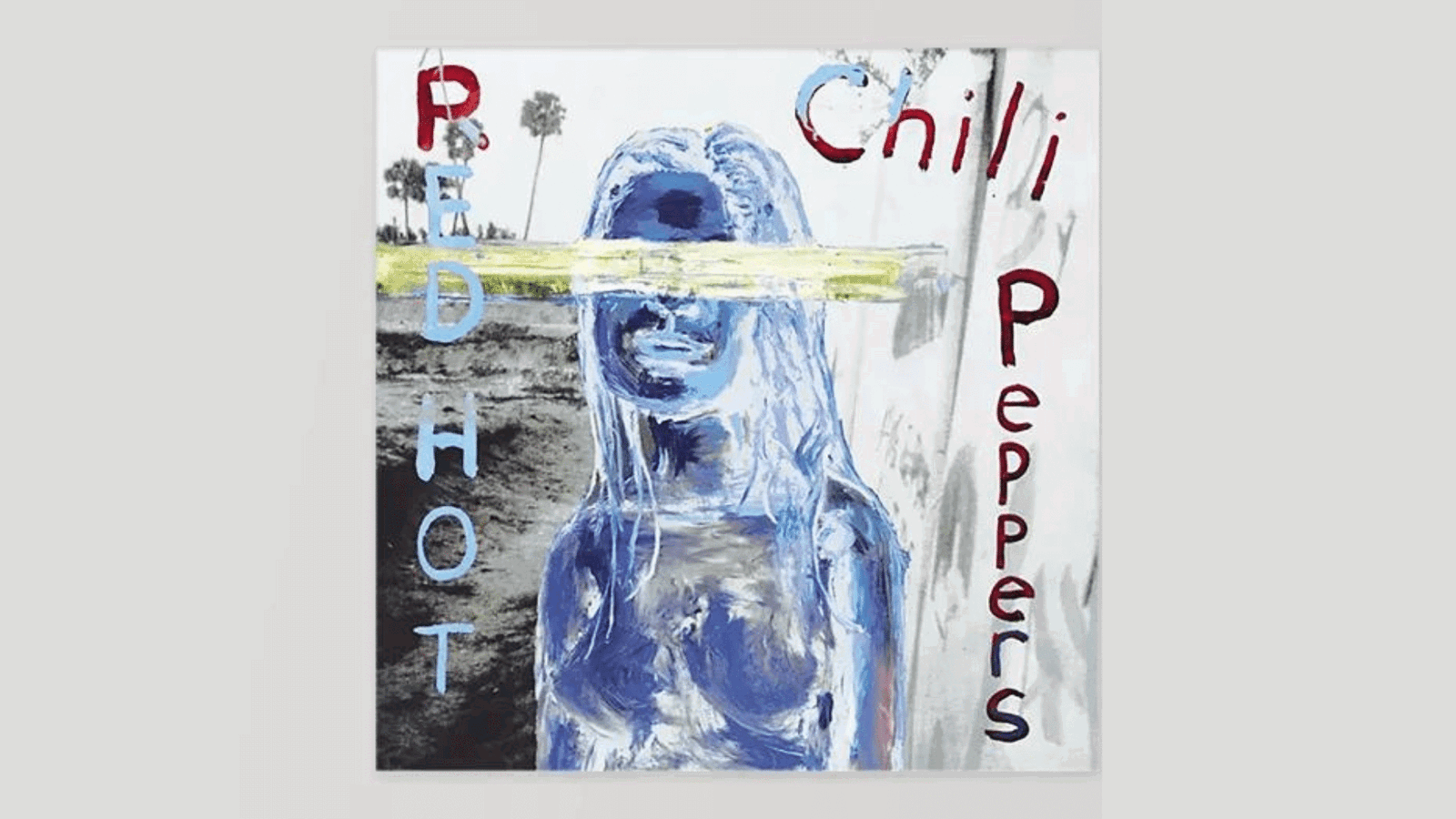The name Anthony Kiedis is nearly synonymous with energetic, funk-infused rock. As the frontman of the Red Hot Chili Peppers, Kiedis has left an indelible mark on the music world.
His journey with the band is a tale of creativity, struggle, and triumph that has captivated fans for decades.
In this blog, we’ll explore the fascinating story of Anthony Kiedis’ bands, focusing on the Red Hot Chili Peppers’ rise to stardom.
We’ll delve into their early days in Los Angeles, examine their groundbreaking albums, and highlight the key moments that shaped their unique sound.
Get ready to discover how Kiedis and his bandmates transformed from local funk-punk favorites to global rock icons, influencing generations of musicians.
The Birth of a Rock Icon: Anthony Kiedis
Anthony Kiedis’ path to rock stardom began in the vibrant city of Los Angeles. Born in 1962, Kiedis grew up surrounded by the pulsing rhythms of the music scene. His early exposure to diverse musical styles sparked a passion that shaped his career.
1. Kiedis’ Role as The Central Figure in Defining the Band

As the band’s frontman, Kiedis played a crucial role in defining their unique style. His energetic stage presence and distinctive vocal delivery became the group’s identity hallmarks. Kiedis’ lyrics, often a mix of personal experiences and vivid storytelling, added depth to the band’s music.
2. Formation of the Red Hot Chili Peppers

In the early 1980s, Kiedis and his school friends formed a band with a name as wild as their performances: Tony Flow and the Miraculously Majestic Masters of Mayhem. This group would soon evolve into the Red Hot Chili Peppers, with Kiedis at the helm.
3. Kiedis’ Leadership in Shaping the Band’s Bold Performances
Kiedis’ bold leadership shone through in these early days, particularly in the band’s now-legendary tube sock performances along the Sunset Strip. With the band wearing only strategically placed socks, these daring shows became a trademark that set them apart from other acts.
The Early Years of Red Hot Chili Peppers
The early years of Red Hot Chili Peppers were marked by their raw, energetic fusion of punk, funk, and rock. Their unique sound and bold stage presence quickly set them apart in the 1980s music scene.
Struggles and Breakthroughs (1980s)
Anthony Kiedis’ bands faced early challenges as the Red Hot Chili Peppers worked to find their footing. The band’s self-titled debut album, 1984, saw them experiment with their sound, blending punk and funk in ways that would later define their style.
Despite the raw energy, the album didn’t make a significant impact, reflecting the group’s growing pains.
The Tragic Loss of Guitarist Hillel Slovak (1988)
In 1988, the band suffered a devastating blow with the loss of guitarist Hillel Slovak to a heroin overdose. This tragedy deeply affected Kiedis, who was also struggling with addiction. The experience became a turning point for him, influencing his lyrics and pushing him to confront his demons.
The Game Changer Album: Blood Sugar Sex Magik

1991’s Blood Sugar Sex Magik propelled Anthony Kiedis’ bands to new heights. The album’s blend of funk, rock, and introspective ballads resonated widely.
“Give It Away” became an instant hit with its infectious groove, while “Under the Bridge” showed a more vulnerable side of Kiedis and became one of their most beloved songs.
Impact of This Album on The Alternative Rock Scene of The 1990s
Blood Sugar Sex Magik profoundly impacted the alternative rock scene of the 1990s. It helped bridge the gap between underground and mainstream rock, influencing countless artists and shaping the decade’s sound.
The success of this album solidified the Red Hot Chili Peppers’ place as one of the most important bands of their generation, with Anthony Kiedis at the forefront of this musical movement.
Red Hot Chili Peppers’ Key Members and Their Contributions
1. Flea: The Backbone of the Band

Flea has been a constant force in Anthony Kiedis’ bands, particularly the Red Hot Chili Peppers. His unique bass playing style has been crucial in shaping the band’s funk-rock sound. Flea’s slap bass technique and melodic lines have become a signature element of their music.
Key Collaborations and Sound Definition
Flea’s collaborations with Kiedis have produced some of the band’s most memorable tracks. His bass work on songs like “Give It Away” and “Around the World” helped define the band’s identity, blending funk, punk, and rock in a way that set them apart from their contemporaries.
2. Chad Smith: The Band’s Steady Drummer Since 1989

Chad Smith joined Anthony Kiedis’ bands in 1989, bringing a steady and powerful drumming style that has been a constant in the Red Hot Chili Peppers’ sound for over three decades.
Contributions to Key Albums
Smith’s drumming has been integral to the band’s success across multiple albums. His work on Mother’s Milk helped solidify their new sound.
At the same time, his performances on Blood Sugar Sex Magik, Californication, and Stadium Arcadium have been crucial in maintaining the band’s rhythmic backbone through different musical eras.
3. John Frusciante: A Creative Force with Evolving Chemistry

Multiple departures and returns have marked John Frusciante’s relationship with Anthony Kiedis’ bands, bringing a new dimension to the Red Hot Chili Peppers’ sound each time.
Creative Chemistry and Iconic Sound
Frusciante’s creative chemistry with Kiedis is particularly evident on albums like Blood Sugar Sex Magik, and Californication.
His innovative guitar work, ranging from melodic riffs to experimental sounds, has been instrumental in shaping the band’s most iconic songs and overall sound.
Major Albums and Songs That Shaped Red Hot Chili Peppers’ Legacy
1. Californication (1999)

Californication marked a triumphant return for Anthony Kiedis’ bands, particularly the Red Hot Chili Peppers. This album showcased a more mature sound and lyrical depth, cementing their place in rock history.
Key Songs and Themes
“Scar Tissue” became an instant classic, with Kiedis’ introspective lyrics exploring themes of recovery and rebirth. The song’s mellow melody contrasted with the band’s earlier work, demonstrating their musical growth.
“Otherside” further delved into Kiedis’ struggles, addressing addiction and loss. Its haunting melody and poignant lyrics resonated deeply with fans.
The title track, “Californication,” critiqued Hollywood culture and showcased Kiedis’ ability to blend social commentary with the band’s signature sound.
By the Way (2002) and Stadium Arcadium (2006)

These albums saw Anthony Kiedis’ bands continue to evolve, both musically and lyrically.
Key Songs and Themes
In By the Way, Kiedis explored more diverse themes. Songs like “The Zephyr Song” and “Can’t Stop” touched on love and self-discovery while maintaining the band’s energetic sound.
Stadium Arcadium saw Kiedis delve deeper into personal relationships and social issues. Tracks like “Snow (Hey Oh)” and “Dani California” showcased his growth as a storyteller.
Conclusion
Anthony Kiedis and the Red Hot Chili Peppers have left an indelible mark on rock music. From their early days in Los Angeles to global stardom, Kiedis’ leadership and artistic vision have been central to the band’s success.
They’ve consistently pushed boundaries and reinvented themselves through personal struggles, lineup changes, and musical evolution. Albums like “Blood Sugar Sex Magik,” “Californication,” and “Stadium Arcadium” showcase their growth and enduring appeal.
With Flea’s funk-infused bass lines, Chad Smith’s steady beats, and the creative chemistry with guitarists like John Frusciante, the Red Hot Chili Peppers continue to inspire and influence new generations of musicians.
Their journey is a testament to the power of resilience, creativity, and musical innovation in rock history.





















